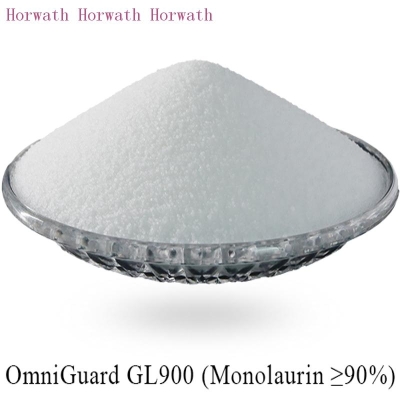-
Categories
-
Pharmaceutical Intermediates
-
Active Pharmaceutical Ingredients
-
Food Additives
- Industrial Coatings
- Agrochemicals
- Dyes and Pigments
- Surfactant
- Flavors and Fragrances
- Chemical Reagents
- Catalyst and Auxiliary
- Natural Products
- Inorganic Chemistry
-
Organic Chemistry
-
Biochemical Engineering
- Analytical Chemistry
-
Cosmetic Ingredient
- Water Treatment Chemical
-
Pharmaceutical Intermediates
Promotion
ECHEMI Mall
Wholesale
Weekly Price
Exhibition
News
-
Trade Service
Introduction: Lin Zhongping, Professor, School of life sciences, Peking University At present, the world's population has exceeded 6 billion (including 1.2 billion people who can't eat enough) If 15% of the calories in the human diet come from animal food, it can only support about 4 billion people based on the highest recorded food production (1985), and only support 2.5 billion people based on the diet structure of the American and Western European people whose meat food accounts for 35%, which is lower than the present world Half of the world's population Under the pressure of population and demand growth, and with the continuous reduction of cultivated land, the only way to solve the food problem is to innovate agricultural technology The traditional hybrid breeding technology has reached its peak in the first wave of green revolution The green revolution has created a historical record of increasing grain production, and also caused the adverse consequences of excessive use of chemical fertilizer and pesticide pollution In the 1990s, the developed countries have fully realized the great significance of genetically modified organisms engineering, and have started research and development or achieved great success Because of this, some European government officials (such as the UK and Germany) have recently asked for the adjustment of the policy on genetically modified food Because the trade barrier established by the problem of genetically modified food safety will damage the progress of biotechnology in these countries and make them at a disadvantage in the most important technology field in the future Some developing countries have also suggested that they will feed their people in the way they think fit and are reluctant to be denied access to biotechnology because of a misguided concept We don't ask others to produce food for us We Chinese people should understand the dangers and future consequences of widening the gap between agricultural biotechnology and the world's advanced level At the same time, the protection of ecological environment is an important subject of plant biotechnology Between the 1950s and 1990s, the serious pesticide poisoning in Central America and Guatemala occurred among cotton agricultural workers, which eventually led to the collapse of Latin American cotton industry Cotton in China and some other countries is seriously harmed by cotton bollworm, and the area of cotton planting has declined sharply in a period of time One of the bad effects of large-scale use of insecticides is the rapid increase of resistance of cotton bollworm, cotton farmers have to give up planting cotton Bt Transgenic Insect Resistant Cotton came into being in this situation Transgenic insect resistant cotton was welcomed by the majority of cotton farmers Because the use of insecticides was greatly reduced, many beneficial and harmless insects in the field were not killed The crops improved by genetic engineering have a very broad application prospect in improving yield, quality, drought resistance, cold resistance, salt resistance and disease resistance Therefore, the development of transgenic bioengineering is not only the requirement of the times, but also the necessity of scientific development







